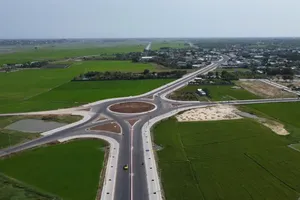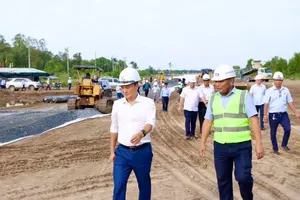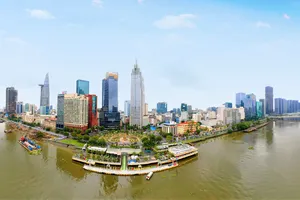
Although accounting for only 10 percent of the national population, HCMC contribute nearly 25 percent of Vietnam’s GDP.
Secretary of the HCMC Party Committee Nguyen Thien Nhan stated that only by possessing the outstanding human resources in science-technology via attractive policies can the city maintain its leading position in economy in the future.
One notable instance for the successful application of the current scientific-technological staff policy is Prof. Dr. Dang Luong Mo, a professional in transistor and integrated circuit.
Leaving Japan in 2002 at the age of 66, the professor was still enthusiastic in developing these technologies in Vietnam, saying that at last he had a chance to apply what he had learnt for 40 years in Japan to help Vietnam grow strongly.
Working in the Integrated Circuit Design Research & Education Center (ICDREC) under the Vietnam National University – HCMC, he is collaborating with the young staff to form the foundation for the integrated circuit industry of HCMC. His center has developed some notable products like the first made-in-Vietnam microchip named SigmaK3 using the TSMC 0.25-micron technology in 2008; the microchip VN8-01, created in 2009 and implemented in the technology transfer project of ‘Marine Management and Safety Announcement System’ for the Vietnam Maritime Safety No.2; the 32-bit microchips VN16-32 and VN1632LP.
In particular, in 2014, ICDREC designed and manufactured the first Vietnamese commercial microchip SG8V1. 150,000 items which are now mass-produced and applied in nearly 30 products and 5 integrated systems of ICDREC. SG8V1 can be installed in most electronic and electrical devices with the same or even higher performance than imported microchips, yet its price is only a half. It can be customized and integrated easily to serve national security and information security purposes.
Based on the work of Prof. Dr. Dang Luong Mo and his team, HCMC has run the program to develop the integrated circuit industry from 2017-2020, with a vision to 2030, aiming at turning this industry into one of the key ones in the city and boosting the industrialization – modernization to achieve the goal of building the smart city as well as tackling thorny issues here.
Understanding his role, Dr. Dang Luong Mo usually tries to seek professional aid from universities and funds in Japan. He also finds ways to send integrated circuit lovers and lecturers to Japan for academic development.
It was this professor who contributed to the success of the collaboration agreement between Hosei University of Japan, where he used to teach in 20 years, and HCMC University of Technology in 1999. Thanks to this agreement, Hosei University has financed 100 percent the living and study expense for Vietnamese representatives sent there.
More than 50 people have taken part in this program, many of whom are now returning to Vietnam and working in domestic research institutes to further develop the national integrated circuit industry.
Answering the call of HCMC to promote science-technology activities in the city, on October 29, 2010, Intel Products Group from the US established the first Intel chipset manufacturing plant and quality control center in Vietnam, located in the Saigon Hi-Tech Park in District 9 of HCMC. This event at that time greatly boost the value of science-technology in the city.
Since then, Intel Products Vietnam has cooperated with many Vietnamese universities to deliver scholarship for hundreds of Vietnamese students who are pursuing a master or doctorate degree in the US and Australia. It has also worked with US universities to upgrade knowledge for more than 7,000 Vietnamese lecturers nationwide, contributing to the training of high-quality human resources for HCMC in general.
In order to help transform HCMC into a smart city, Intel offer the scholarship Grand Challenge worth $60,000-65,000 each to train six technical masters in Arizona University. This sum came from Intel’s financial aid for the smart city project of HCMC, implemented by the HCMC People’s Committee in the period from 2017-2025. All scholarship winners, namely Pham Quoc Thai, Dao Doan Duy, Hoang Thi Khanh Ha, Ho Hoang Hai Nam, Nguyen Quang Hung, and Le Phuoc Tri, will come back to participate in the smart city project of HCMC for at least 3 years.
It is expected that when the city is carrying out the above project, there is a true need for skillful staff, and these masters will have a chance to apply what they have learnt for the sustainable development of HCMC.
In 2018, the Decision No.31/2018/QD-UBND about attracting and developing the expert human resources in highly demanded fields in HCMC in the period 2018-2022 was considered a strong push to draw the professional staff in science-technology into the city.
Another decisive policy was the Decision No.17/2019/QD-UBND issued in July 2019 by the HCMC People’s Committee about attracting the talented and developing the professional staff in highly demanded fields in HCMC in the period 2019-2022.
According to the summary conference held by the HCMC Party Committee about implementing the Resolution No.3 of the 8th Party Central Committee on ‘Human Resources Strategy in the National Industrialization – Modernization Period’, many positive results were achieved in HCMC.
After three years, the city welcomed 22 experts and scientists, including 4 international ones, to work in state offices related to technology. These people normally sign a 12-month or 48-month working contract depending on the specification of their job. International specialists who are permanently living abroad come to Vietnam 2 to 3 times per year to carry out major projects and attend important conference. Others follow an online flexible management method to finish the assigned tasks.
HCMC is now striving to attract skillful people in such key fields as integrated circuit, innovation, applied mathematics, computational chemistry, physics, biology, molecular biology, biochemical engineering. The base salary for the staff in these fields ranges from VND20 million ($860) to VND55 million ($2,365) per month, excluding traveling expense.


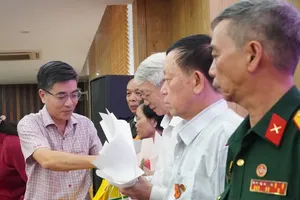
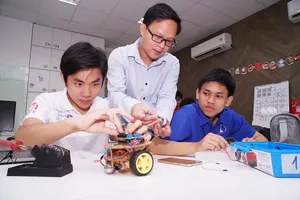
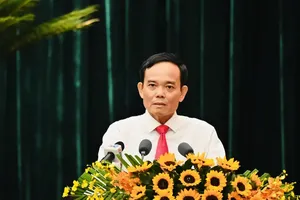
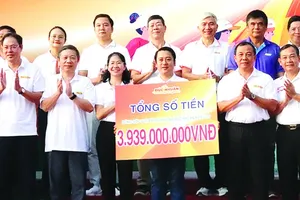
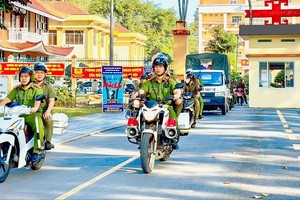
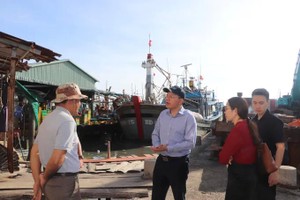
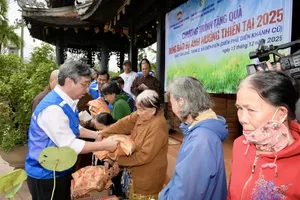

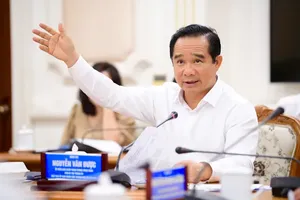
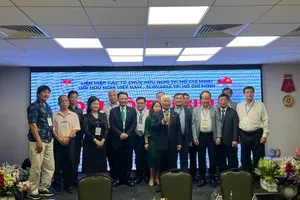

)

